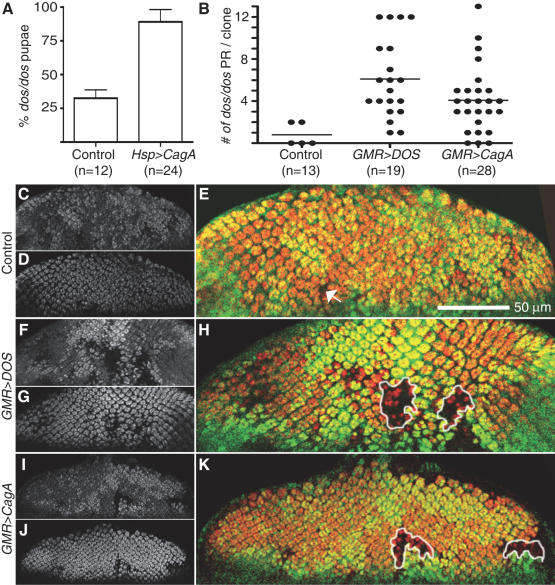Figure 2. CagA can substitute for the Drosophila Gab.
(A) Few homozygous Hsp-GAL4/+; dos/dos individuals survived to the pupal stage (control) measured as dos/dos pupae that developed as a percentage (%) of expected pupae that should develop if dos mutants were fully viable. Significantly more UAS-CagA/Hsp-GAL4; dos/dos pupae were recovered (Chi squared, p value<0.02). n = number experiments completed, with between 150-450 pupae examined in each experiment. Error bars indicate standard error. The dos/dos mitotic clones (marked by the absence of GFP (C, F, I, and green staining in E, H, K)), were induced using the FLP/FRT system in different genetic backgrounds, and photoreceptors were visualized with ELAV staining (D, G, J, and red staining in E, H, K). (B) The number of photoreceptors (PR) per dos/dos clones is shown for a representative experiment (n = number of eye discs examined). An area lacking GFP was counted as a clone if it was large enough to normally contain at least one ommatidium. (C–E) In control flies expressing GMR-GAL4, few dos/dos clones were observed. Any clones were miniscule (arrow in E) and contained few photoreceptors. Photoreceptors development was rescued by expression of either GMR-GAL4; UAS-DOS (F–H) or GMR-GAL4; UAS-CagA (I–K) as indicated by the formation of larger dos/dos clones containing several photoreceptors (clones are outlined in H and K).

